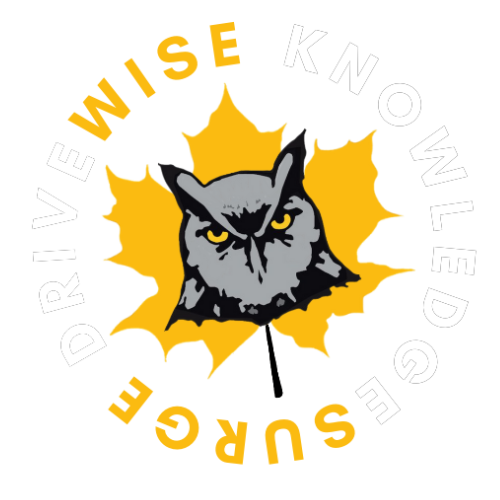When you’re involved in an industry moving 81.5% of America’s cargo, more than air transport, pipeline, rail and water combined, you play a critical role in the economy, but only if you are up to date on safety regulations and remain compliant with the Department of Transportation’s (DOT) most recent drug testing regulations that impact your truck drivers.
Not being up-to-date on DOT’s latest drug test requirements will result in fines, out of service notices, and potentially even being shut down in egregious cases.
In addition to the latest changes to DOT drug testing policies, there are updates to the CFR 49 Part 40, which describes required procedures for conducting workplace drug and alcohol testing for the Federally regulated transportation industry. Employers must not only update their drug testing policies, but they must also notify all affected employees of the specific changes.
David Bell, CEO of USA Mobile Drug Testing, expects program requirements to continue to change as technology, drivers, and substances change. Expanded listings of opioids is only the latest innovation.
“In addition to the opioid crisis,” Bell points out, “two major factors are likely to be contributing to the rise in drugged driving: legalization of medical and adult-use marijuana.”
In fact, hundreds of legal and illegal drugs can affect the driver’s ability to stay on the road. The Insurance Institute for Highway Safety reported 3,986 people died in large truck crashes in 2016, and 77% of the deaths were truck drivers. There are no figures to show how much of an inventory loss that represents, but that is a loss of 3,069 trained and equipped truck drivers in just a one year period.
June 30, 2018 Deadline for using new CCF form
The Office of Management and Budget (OMB) approved a revised Federal Drug Testing Custody and Control Form (CCF). Failure to use the new form may result in an invalidated test, and potential fines for your company and an out of service notice for your driver.
The new form has been updated in two ways. The first is merely a superficial administrative change, but the second adds four new substances: hydrocodone, hydromorphone, oxycodone, and oxymorphone. It also removes methylenedioxyethylamphetamine.
If an old form was inadvertently submitted, you will be notified and must then submit a signed memorandum for the record that the old form was accidentally used or was the only form available because of circumstances beyond your control. The memorandum must also include the steps your company has taken to assure the correct form is used in the future, and the test submitted was conducted in accordance with 49 CFR Part 40 rules at an HHS-certified lab. This memorandum must be submitted on the same day you receive notice, sending it by fax or courier.
Obviously, use of the wrong form results in additional paperwork and extensive delays in getting drivers back to work.
DOT adds new semi-synthetic opioids
The new regulations include the addition of four additional synthetic opioids to the employer’s testing program, including hydrocodone, oxycodone, hydromorphone, and oxymorphone. The common prescription drug names for some of these synthetic opiates are OcyContin, Percocet, Vicodin, and Dilaudid. Those are in addition to the other opiates, marijuana, cocaine, amphetamines, and PCP which remain in the DOT drug testing program.
Increasing legal marijuana use means complications
Increased use of marijuana, legal and illegal, among the population from which industry pulls its drivers may mean added complications for trucking employers. Marijuana remains a Schedule 1 narcotic in the U.S., illegal to consume, sell or possess, even though recreational marijuana is legal in nine states, and medical marijuana is legal in 29.
And yet, testing shows that a drug such as marijuana can stay in a person’s system for up to 30 days. DOT regulations consider any truck driver with the smallest trace of marijuana in their system to be impaired. Even if not under the influence, any driver who tests positive for marijuana must be terminated. And that is true even if it was “legally” consumed.
“Legal” positive on a test means five-days down time
Even if a driver has a legitimate prescription for a listed opiate/opioid and tests positive, the employer is required by DOT to pull them from driving for a minimum of a five-day time frame.
Before they can return to the job, the Medical Review Officer (MRO) must receive a medical release from their doctor that says they can safely perform their driving duties while taking the medication, or that a different medication has been prescribed. A follow-up DOT drug test must then be administered to ensure they are in compliance.
All of these procedures are defined and administered through the Federal Motor Carrier and Safety Administration. Beginning in the late 1980’s, the United States Congress recognized the need for a drug and alcohol-free transportation industry, and in 1991 passed the Omnibus Transportation Employees Testing Act. This requires DOT agencies to implement drug and alcohol testing of transportation employees. Today this is done through use of the 49 CFR Part 40, a DOT-wide regulation stating how testing is to be conducted and how to return employees behind the wheel after they have violated a DOT drug and alcohol regulation.
The FMCSA also oversees supervisor training for the administration of DOT drug and alcohol training. Supervisor training is a DOT requirement for those who operate vehicles requiring a CDL on public roads if you have more than one employee in the company. Supervisors identify circumstances and indicators that may create reasonable suspicion that a driver is using or under the influence of drugs or alcohol, supporting the employee being referred for testing.




